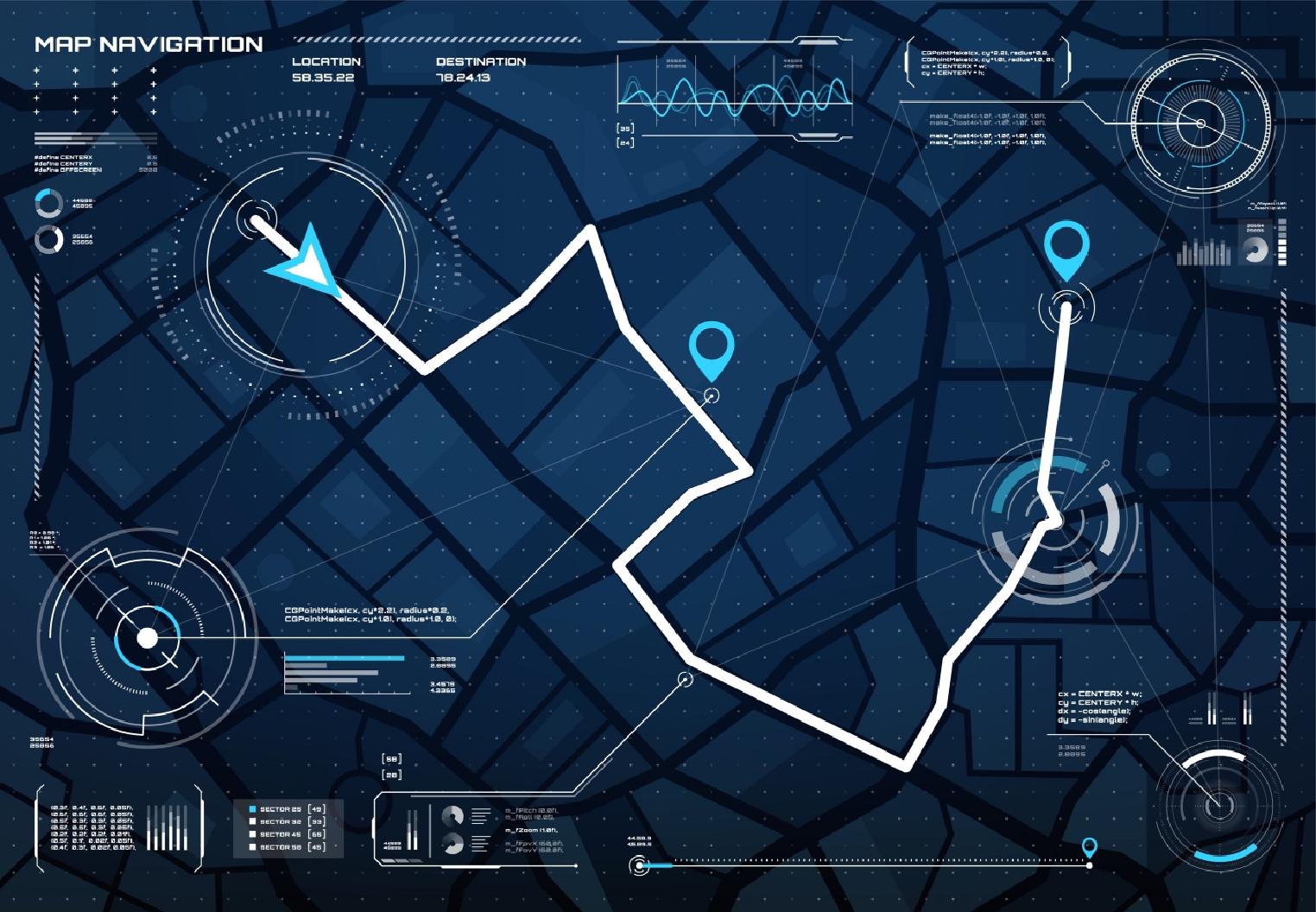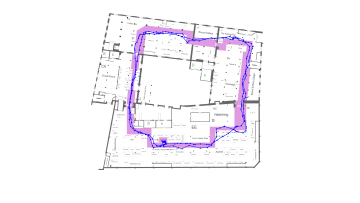Do I need a mobile app for indoor navigation?

Do I need a mobile app for indoor navigation?
More than a billion people use Google maps every month to find their way around. For many of us (54% of smartphone users worldwide in fact) the app is so ubiquitous that inputting our destination and checking progress with our ‘blue dot’ has become second nature.
But there’s just one problem. If you’re heading inside, the directions stop at the door.
In shopping centres, hospitals and other large venues like airports and exhibition halls, visitors often need the same level of guidance, but it’s not always readily available. So if you run one of these venues, should you create your own mobile app for indoor navigation? In this article we examine your options.
Of course Google, and its competitor in the space, Apple, have spent years (and millions of dollars) creating their maps – and they’ve made millions in return.
But internal wayfinding is a different animal. GPS – the satellite technology that both Google and Apple use to determine a user’s location – struggles with ceilings and walls, which means no blue dot. And for most buildings there is rarely any indication of where departments, coffee venues, seating areas or stores are located.
Instead, it’s up to individual organisations to decide how best to help their visitors and customers find their way around.
An app is one approach, but it requires investment. So what are the benefits?
Your options for internal wayfinding
In order to help your visitors navigate, it’s important first to understand why they’re visiting and how much prior knowledge they’re likely to have.
Some may already know the venue, while others won’t. Some may be browsing, while others will know exactly where they’re heading.
Hospitals, for example, understand that most of their visitors have a destination in mind and simply need clear signage to help get them there. Clear signage pointing to departments with arrows and coloured floor lines offer the quickest, most efficient way to get patients and visitors to where they need to be – no maps required.
And there are other forms of ‘offline’ navigational aids that can be just as useful:
- Hanging banners and wall signs for example, such as those in an exhibition hall or department store: ‘Speaker theatre’, ‘Homeware, ‘Please pay here’;
- Static maps or directories, indicating where certain stores or departments are located;
- Physical printed maps, that you can pick up and take with you – such as those handed out at indoor attractions.
All of these methods have their place, and your venue may require nothing more than some strategically placed signage.
But they’re also limited. A static directory can be useful, but it relies on memory. If your visitor is heading to more than one location, they can easily become unstuck. Similarly, a paper map can be helpful, but only if users know their starting point. Good signage might get you from the main entrance of a hospital to the fracture clinic. But once you need to get from there to radiology, and back again, it’s not so simple.
Digital indoor navigation aids
At a basic level, digital technologies can replicate offline tools, with a few ‘extras’ – a searchable directory available at strategically located kiosks for example, or a version of your printed map available for download from your website. But these too, rely on visitors knowing where they are.
The most effective digital tools are those that understand – and are designed for – the complexity of visitor journeys.
Let’s take a shopping centre as an example. In its article, The Future of the Shopping Mall, McKinsey says that digital technology can not only help visitors to navigate, it can also be used to significantly improve customer satisfaction:
“There is ample opportunity for malls to decrease customer pain points, while simultaneously creating entirely new delight points. Technology… can be used to address one of the biggest challenges shoppers face at the mall – finding parking. Sensors located in parking lots detect how many spots are available on each level and give visual indicators to drivers. Once within the mall, mobile apps can offer quick, easy guides to help shoppers find what they’re looking for at today’s increasing large and multi-level malls.”
So should you invest in an app, or upgrading your website?
Central to both is the mobile phone – always on, it’s the most effective, portable way for visitors to find their way around.
Maps on an app or a website can be searchable; as well as a specific store, they can be configured to highlight all ‘menswear’ or ‘book stores’ and even provide a suggested route. This means they can satisfy multiple types of visitors – those who know where they need to be, and those who wish to browse and discover.
The blue dot is slightly more complicated, but it can be added to both – an app can provide indoor positioning via bluetooth beacons that work in any building (and can be used offline), while for a mobile website, options are more limited, your venue will need a solution like a Cisco location services-enabled wifi network.
The main difference is the data collected in the background. A website can only collect data while it’s being used. With an app however, not only can you help your visitor to navigate, you can also collect information about where they’ve been (even when they aren’t using their phone), and use this information to create a richer, more contextual experience.
Imagine, for example, a shopper, who has your mobile app and regularly visits your shopping centre. Using their background location data, you discover that they often visit ladies’ clothing stores and cafés, and they aren’t habitual with their parking – they’ll leave their car wherever they can find a space.
Armed with this information, you can send push notifications via your app to the shopper – a discount for a particular store while they’re in the vicinity; a voucher for a free coffee at the time they usually stop for a break; a pin location for their car so they can find it when they leave.
At an aggregate level, you can learn how visitors navigate your environment, and use this information to understand footfall habits for space planning. At an individual level, you can provide an enhanced, personalised experience and drive more sales.
What’s the best indoor navigation solution for your venue?
What’s right for your venue? It could be that an app is overkill. If your visitors are clear in their intentions and simply need pointing in the right direction, some good signage could be enough.
But if your visitor journeys are complex and multi-faceted, a digital, mobile solution will likely be the most effective option.
Should you invest in an app or upgrading your website? Well, it’s possible to provide much of the navigation functionality your visitors need, with either.
Perhaps a more appropriate question is, do you want a return from your investment? With a website, you’re giving your information away for free. With an app, you’re getting a huge amount of valuable, usable data about your visitors in return. Data that can be used to elevate your visitor experience and create commercial opportunities.
Talk to us if you’re considering introducing indoor navigation to your mobile app.

